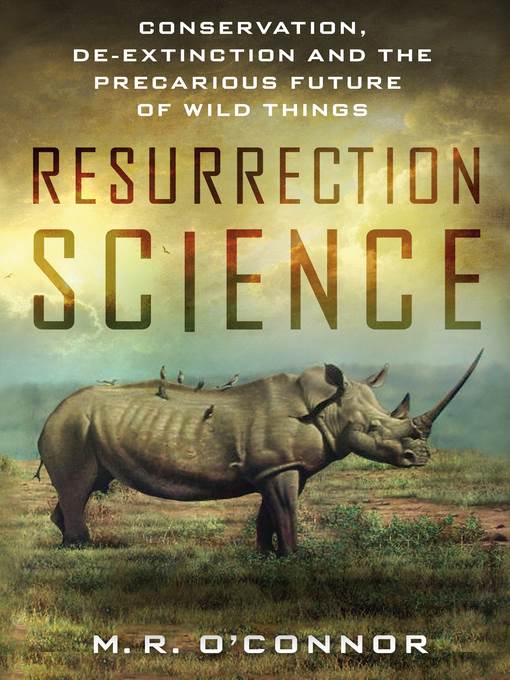
Resurrection Science
Conservation, De-Extinction and the Precarious Future of Wild Things
فرمت کتاب
ebook
تاریخ انتشار
2015
شابک
9781466879324
کتاب های مرتبط
- اطلاعات
- نقد و بررسی
- دیدگاه کاربران
نقد و بررسی

Starred review from June 15, 2015
Everyone sympathizes with endangered species, and few object to traditional conservation measures (limits on hunting, habitat preservation) that work-but they don't work if habitats disappear or if numbers dwindle or vanish entirely. Radical measures are necessary, writes journalist O'Connor. In this gripping overview of the current situation, the author examines the complex, high-tech, usually expensive, and often controversial efforts to save species in peril and even long-gone. The Florida panther was once thought extinct. Though it has been protected for years, cars kill a dozen or two per year, and experts agree that its current range is too small to ensure its survival. Today, no one hunts the great right whale, but no easy solution exists regarding the warming of the oceans and lack of genetic diversity, which may deliver the final blow for the species. Technology and captive breeding may have saved the African spray toad, but those methods are failing with the white rhinoceros. Researchers have not ruled out re-creating the extinct passenger pigeon and maybe even a Neanderthal from their DNA. O'Connor pauses regularly to address deep, often disturbing issues. When humans and animals compete for bare survival, who decides the division of resources? "Until we make space for other species on earth," writes the author, "it won't matter how many animals we bring back to the world, there just won't be any place for them." Evolution works fast. An animal bred in captivity adapts to captivity and may be unfit to survive in the wild. Under such conditions, is it even the same animal? A species is defined by far more than its DNA; if genetic legerdemain de-extincts a species, is the result anything more than a scientific tour de force? A fascinating account of extreme efforts to stave off extinction, the ethics of these efforts, and an unsettling, not-terribly-optimistic analysis of their chances of success.
COPYRIGHT(2015) Kirkus Reviews, ALL RIGHTS RESERVED.

September 1, 2015
If the ability to bring vanished species back to life through genetic engineering will soon be in our scientific grasp, do we really need to worry about Earth's current loss of biodiversity? In this collection of essays, journalist O'Connor explores this and other provocative questions surrounding endangered species conservation, the use of genomic technologies to resurrect vanished species, and modern man's relationship to nature. In subject matter, style, and organization this book owes much to Elizabeth Kolbert's highly praised The Sixth Extinction: An Unnatural History. Like Kolbert, O'Connor traveled far and wide to interview scientists of all kinds and to see endangered animals in their natural habitats. In particular, the essays on the Florida panther, the Tanzanian (waterfall) spray toad, and the northern white rhino have a reporting-from-the-front-lines feel. VERDICT O'Connor skillfully negotiates her way through the thorny ethical issues involved in reinventing nature from DNA banks and frozen tissue samples. This work should appeal to a broad range of science enthusiasts, particularly those interested in the fields of conservation and evolutionary biology.--Cynthia Lee Knight, formerly with Hunterdon Cty. Historical Soc. Flemington, NJ
Copyright 2015 Library Journal, LLC Used with permission.

























دیدگاه کاربران